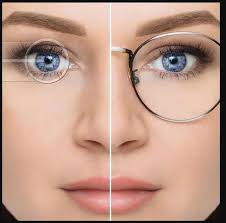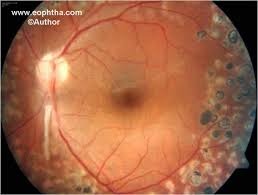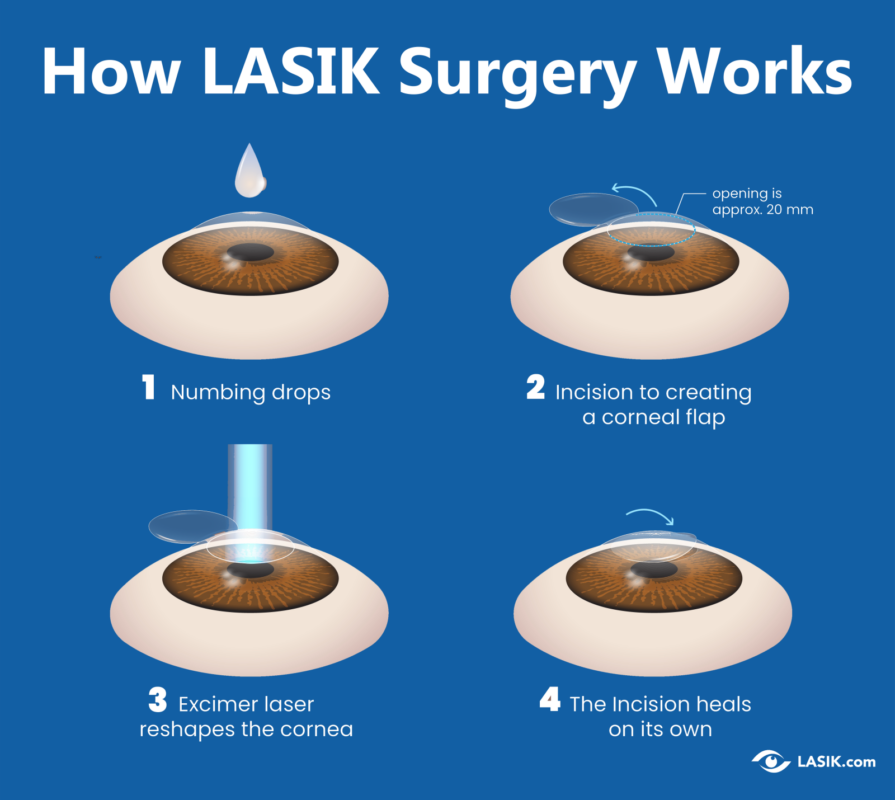Initiating the Gift of Sight : Know how to donate eyes
The path to cornea donation commences with an individual’s selfless decision to become an eye, organ, and tissue donor or a family’s compassionate consent to bestow the invaluable gift of vision. At the heart of this transformative process lie eye banks, which orchestrate the intricate dance of cornea transplantation.

The Vital Call: how to donate eyes ?
The process starts with a call from a hospital or intermediary to the eye bank about a potential donor. The eye bank then contacts the next of kin, obtains consent, and begins tissue recovery, typically within a 12-hour window after the person’s passing. Time is of the essence.
Consent and Medical Assessment
If someone is a registered organ, eye, or tissue donor, the eye bank can start cornea recovery right away. If there’s no prior registration, the eye bank works hard to get the family’s consent. In both cases, the eye bank contacts the next of kin to collect their medical and social history, which helps determine donor eligibility. They also get medical records from the hospital to review the cause of death, medications used, and the circumstances of the person’s passing.
Physical Examination of the Donor
If there are no medical issues, an eye bank technician travels to the donor’s location, usually a hospital or morgue. Here, they begin the cornea retrieval process, commencing with a comprehensive physical examination of the donor. This examination is crucial for screening potential infectious diseases or high-risk behaviors, such as intravenous drug use.
They also take a blood sample for testing, including checks for HIV, Hepatitis, Syphilis, and other blood-borne diseases.
Meticulous Evaluation
Highly skilled technicians use microscopes to carefully assess the cornea for any damage or deformities, ensuring it meets the strict criteria necessary for transplantation. The medical director of the eye bank, or their designated expert, then reviews this information in conjunction with the donor’s medical records to make the final decision regarding eligibility.
Tissue Release
Once the medical director approves it, the cornea care team carefully seals it and places it in a container with moist ice to maintain a temperature between 2-8 degrees Celsius, preventing freezing. They label it with a unique ID for tracking and then send it to a surgeon for transplantation.
Author Details:
Dr. Sushruth Appajigowda holds a prominent position as a Cornea, Cataract, Glaucoma, and LASIK Surgeon in Bangalore. He serves as the chief Cataract and Refractive surgeon at Vijaya Nethralaya Eye Hospital, Nagarbhavi Bangalore. Renowned as one of the finest LASIK surgeons nationwide, he brings with him over 12+ years of experience across multiple LASIK platforms, including ZEISS, ALCON, SCHWIND, AMO, and Bausch and Lomb. Having successfully conducted over 5000 LASIK procedures, Dr. Sushruth holds the title of a Certified Refractive Surgeon and a Fellow of the All India Collegium Of Ophthalmology. Furthermore, he stands as a distinguished speaker at various National and International Forums, using his expertise to guide you in selecting the most suitable procedure based on your health requirements.

Supporting the Journey Beyond Donation : (Know how to donate eyes)
Eye banks honor the remarkable generosity of cornea donors and their families by offering a range of support programs and opportunities for recognition. Although the identities of corneal transplant recipients are kept confidential, they have the option to convey their gratitude through heartfelt letters. These letters are facilitated by the eye bank and are then delivered to the families of the donors.













